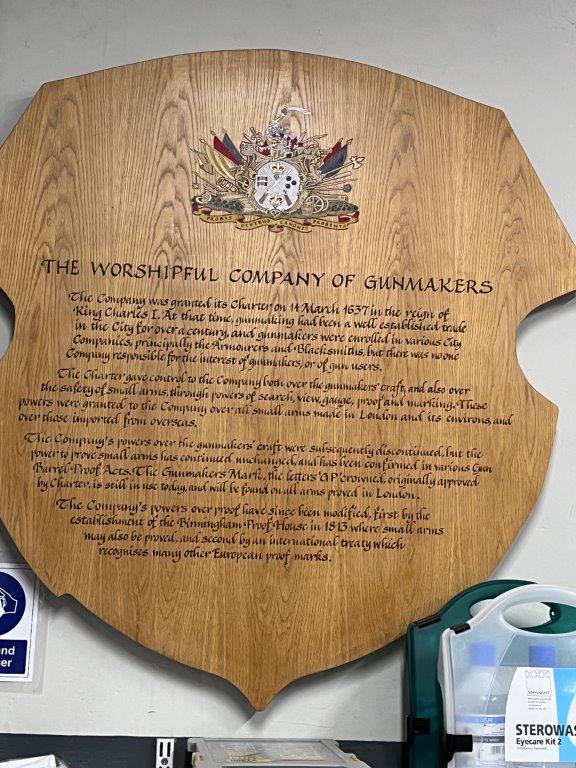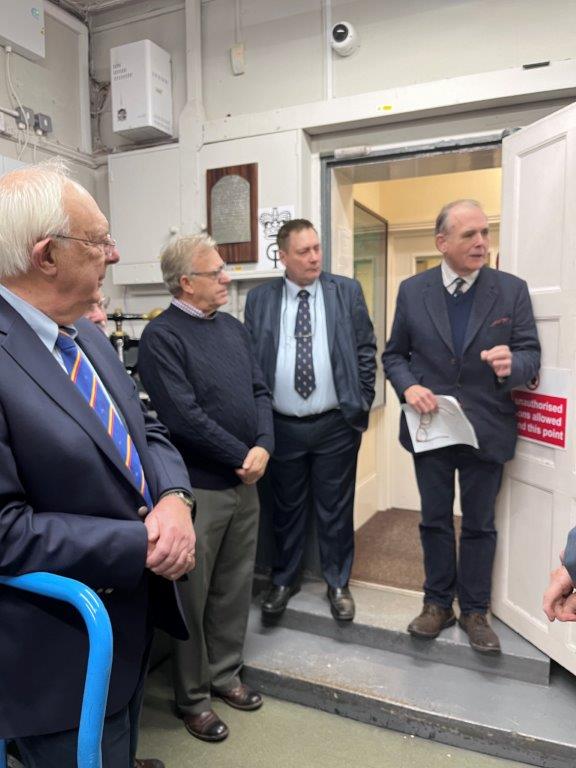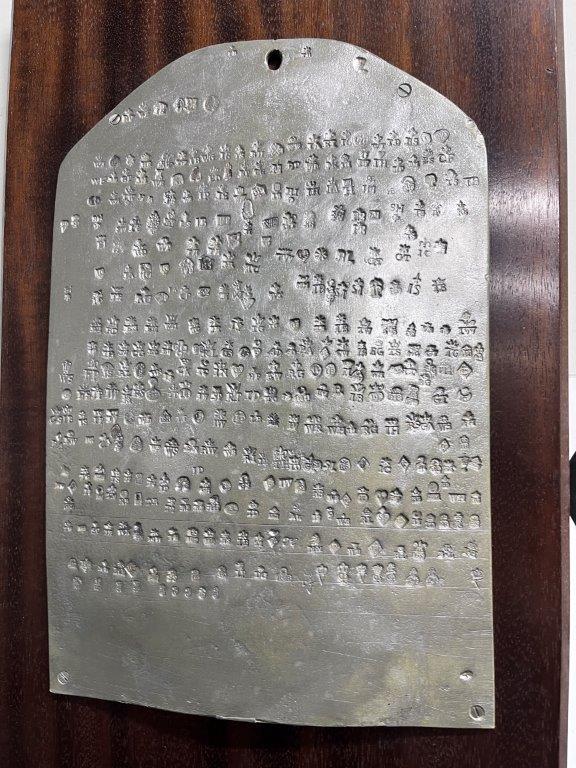
The Master, Christopher Causer and a number of Tylers and Bricklayers visited the Worshipful Company of Gunmakers at their offices in Whitechapel on the 21st November and were shown around by their Assistant Clerk.

The Worshipful Company of Gunmakers was founded in 1637, after decades of argument over which City Company would regulate the emerging trade of gunmaking.
The first recorded use of gunpowder and cannon by an English army was at Crecy in 1346, as a sort of curtain raiser for the longbows. However, guns were not seen as an essential element of warfare until the defeat of the Spanish armada in 1588. Sound cannon and good tactics enabled the small and swift British fleet to cut a swathe through the lumbering Spaniards. After that, the supply of guns became a matter of national importance.
A Royal Commission was created in 1631 and on its recommendation, an independent Gunmakers’ Company was granted a Royal Charter by Charles I on 14 March 1637 – although even then further bureaucratic opposition, plus the outbreak of civil war, delayed enforcement of that Charter until 1656. So, it's still a very young company!
It created a proof mark, a stamp of the letters ‘GP’ surmounted by a crown. The mark is stamped on all guns that meet the statutory safety requirements and it was to see the 'Proof Room' and the processes used to mark all guns, which the Master, Christopher Causer and his fellow Tylers & Bricklayers went to see. Only the Gunmaker's Company can bestow it, and it is illegal to sell a gun without a recognised proof mark.
 Record of Proof Marks over the ages
Record of Proof Marks over the ages
The Company is unique in having always had its premises outside the City walls, possibly due to the noise and nuisance of its early (and now superceded) proof procedures. It established its first proof house in 1657 underneath a bulwark near Aldgate. By the 1670s, the walls, bulwark and proof house were crumbling, so in 1675 the Company secured some land in a physic garden at Whitechapel, on what is now the Commercial Road. There, it built a small compound which included the proof house, where the actual work of testing barrels was done, the livery hall and, in earlier centuries at least, housing for the Proof Master. The livery hall at No.46 Commercial Road was sold in the 1920s, when the Company thought it superfluous to requirements, but it was repurchased in 2007.
The Master and visitors
Following what was a very enjoyable and informative visit, as is the tradition of the Tylers and Bricklayers, the Master escorted colleagues off to Brick Lane (very apt!) for a most enjoyable curry.
Keith Aldis - 22nd November 2023
